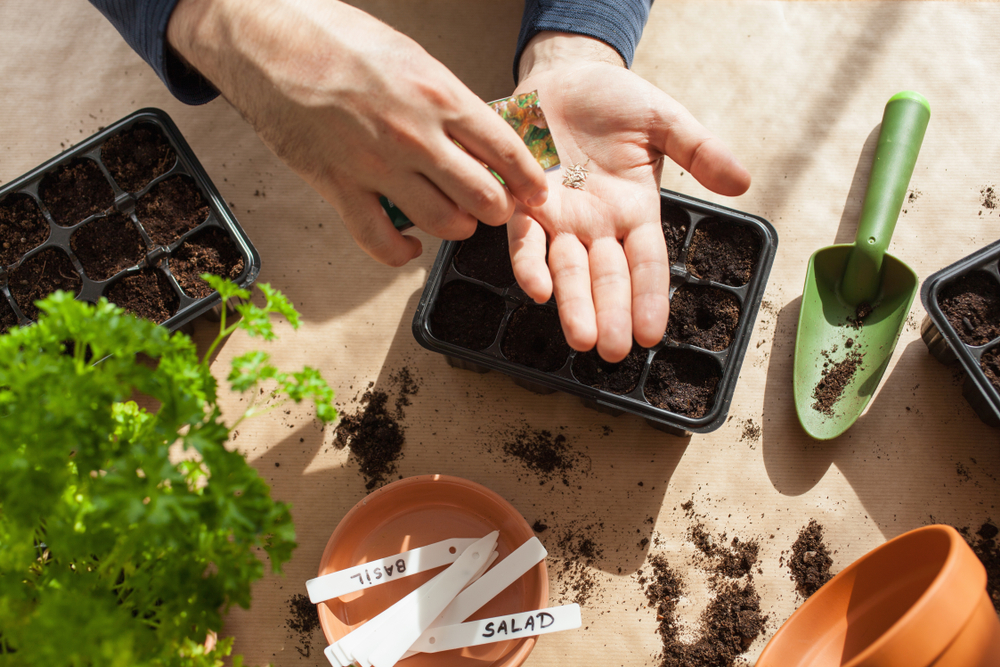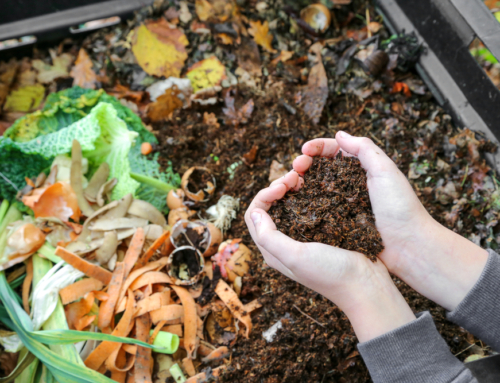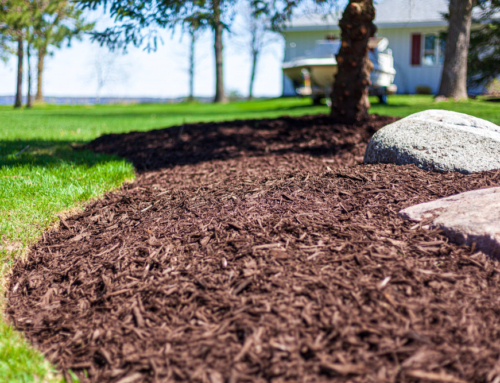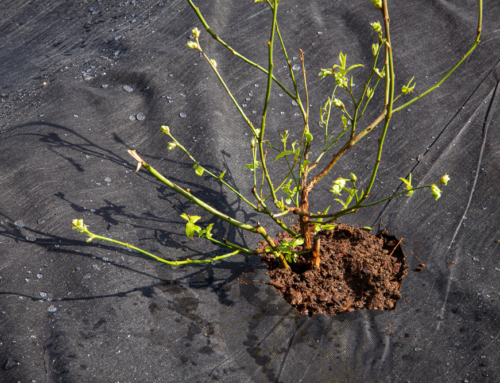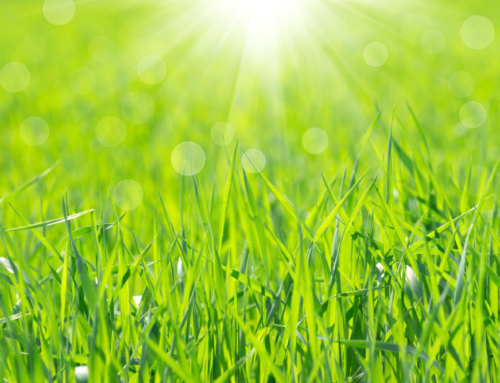Very few would disagree with the assertion that winter is the dullest time of the year. Apart from the bone-chilling cold, there’s an absence of the refreshing green ‘carpet’ that adorns the earth during other seasons.
Nonetheless, if you have a green heart (as you should!), winter shouldn’t stop your fun. There are lots of plants that can thrive indoors as much as outdoors, all year long.
And with Houseplant Appreciation Day being observed this month, I thought it pertinent to give you some pointers on how to get the most out of your winter gardening endeavors.
Importance of Indoor Gardening
- Reduces Grocery Costs – Winter messes up the prices of food, especially greens (veggies, herbs, fruits, etc), yet you need these foods for a healthy diet. By planting them in your indoor garden, however, you can keep your supply constant and save some dollars on grocery store shopping.
- Health Benefits – It is a well-known fact that plants produce oxygen, which keeps the air cleaner and cooler. This can improve our moods and keep our emotional states more balanced.
- Convenience – Growing your own supply of fruits and veggies in your home means you don’t need to go to the store very often. tip
Best Types of Plants to Keep In Your Indoor Garden
To start with, it is worth mentioning that different plants do well in different geographical and climatic regions, and you may need to talk to your local agricultural experts before you embark on winter gardening. However, there are some plants that universally grow well indoors. These are mostly herbs like coriander, rosemary, sage, lemongrass, chervil, spearmint, and thyme.
6 Indoor Gardening Tips for A Thriving Winter Garden
- Start Small – It is easy to get carried away by the excitement of having your first indoor garden and having a green winter. But starting with too many plants can overwhelm you, especially if you’ve never farmed before. So, start slow – preferably with only a couple of plants, and gradually increase the number and garden size as you gain more knowledge and experience.
- Start With Grown Plants – Gardening experts always recommend starting an indoor garden with established plants instead of seeds as they grow faster and require fewer resources (water, fertilizer, etc) and commitment.
- Use Fertilizers – Contrary to what you may be thinking, fertilizer is not only useful in outdoor farming. Your indoor plants too can use the nutrients and extra boost given by approved fertilizers.
- Separate Regular Houseplants from Garden Plants – Unlike in an outdoor garden, where you can freely mix different types of plants, indoor gardens should be kept away (ideally in different rooms) from your regular house plants. This helps to protect both groups from stowaway pests and diseases that can jump from one type of plant to another.
- Start Small, Again – If you can help it, avoid the temptation of buying a full set of gardening tools (watering pots, support stakes, etc) until a few weeks of starting your garden. That way, you don’t lose a lot of money if you eventually decide the venture is not worth it.
All said and done, it is important to understand that not all environments, or plants, are created equal. You will find some plants that grow great in your yard garden don’t do so indoors, which is pretty normal. With time, you will get to see which plants do well and hopefully, have a successful gardening experience.

